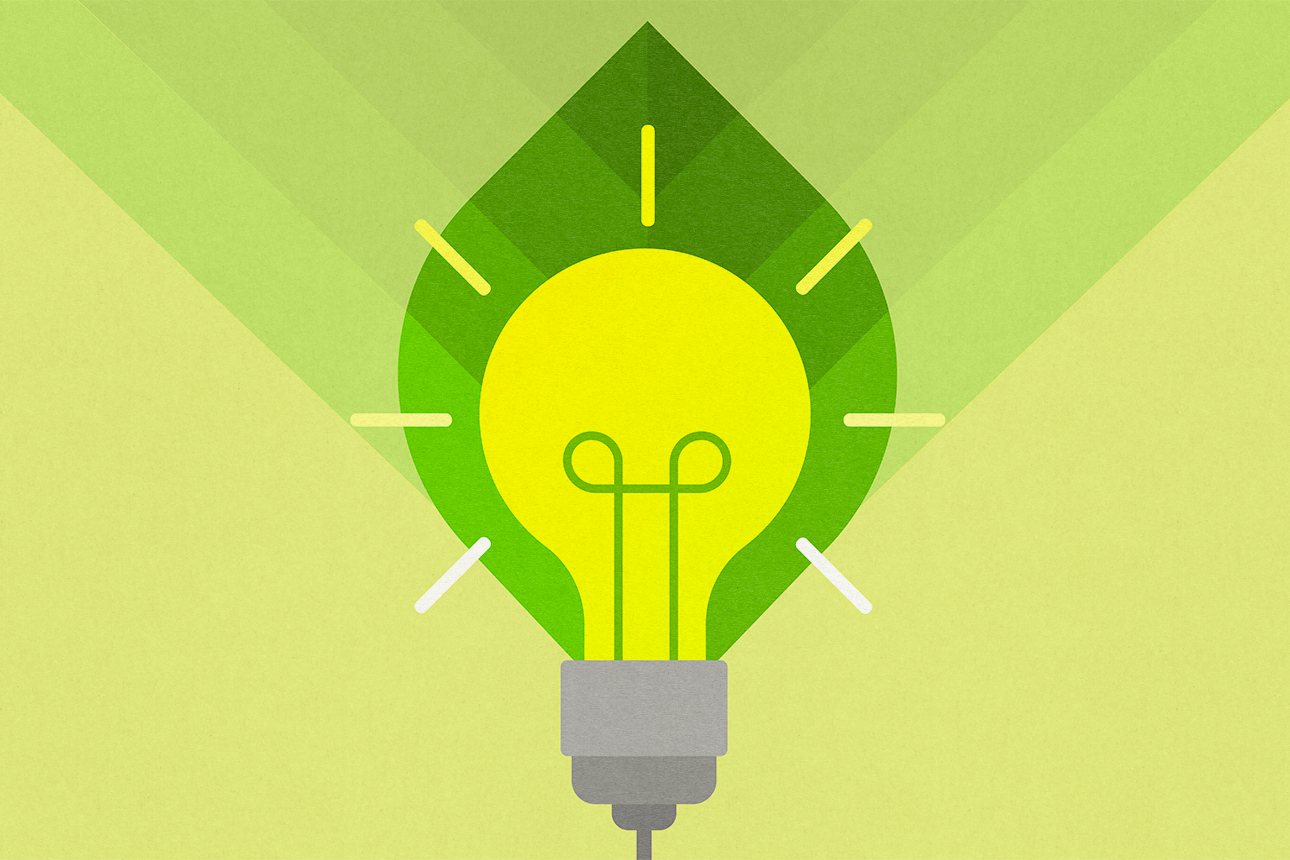The energy transition may face some bumps in the road, but taking a wait-and-see approach brings its own risks.

Carolyn Geason-Beissel/MIT SMR | Getty Images
The transition to an economy with radically lower greenhouse gas (GHG) emissions is not a matter of if but of when and how. Discussions with executive teams about how they are navigating sustainability issues, however, too often remain framed around the question of “Should my business become more sustainable?” rather than “How should my business become more sustainable — and what advantages might that bring?”
Their hesitancy is understandable: The media landscape is littered with headlines calling out bumps in the road — troubled offshore wind initiatives ^(https://www.blogquicker.com/goto/https://www.eenews.net/articles/maybe-we-were-too-optimistic-orsted-executive-talks-about-offshore-wind-struggles/), interminable backlogs and permitting issues ^(https://www.blogquicker.com/goto/https://www.canarymedia.com/articles/clean-energy/chart-us-clean-energy-backlog-balloons-to-unprecedented-2-terawatts) for clean energy projects, seemingly sluggish electric vehicle (EV) sales ^(https://www.blogquicker.com/goto/https://www.axios.com/2023/11/28/car-dealers-electric-evs-biden), and, of course, anti-ESG sentiment.
Often, these headlines are framed in a manner that suggests that progress toward a low-carbon economy is stalling — something that may be driven by the loss aversion bias, whereby people fear losses more than they value gains. In this particular case, predictable and known business models are the things that are “lost.” So it’s not surprising that humans demonstrate a preference for data that might support their ability to hang on to the status quo. Fixating on speed bumps and postponing the decision to act on a clear long-term trend is effectively choosing a wait-and-see or go-slow strategy — which is profoundly more risky than trying something new and capitalizing on the opportunity presented by the energy transition. A strategy grounded in inaction amounts to an implicit all-in bet on a future scenario where the transition to a low-carbon economy fails to materialize.
Get Updates on Transformative Leadership
Evidence-based resources that can help you lead your team more effectively, delivered to your inbox monthly.
Please enter a valid email address
Thank you for signing up
Privacy Policy ^(https://www.blogquicker.com/goto/https://sloanreview.mit.edu/privacy-policy/)
But the reality is that there is strong momentum for the transition to a low-emissions world, as these five long-term sustainability drivers show.
1. The “green premium” is disappearing, and key clean technologies are reaching tipping points. Despite recent supply chain and interest rate challenges, solar and wind — cornerstones of the renewable energy sector — have experienced dramatic cost reductions over the past decade. According to energy think tank RMI, from 2012 to 2022, the costs of solar and onshore wind power ^(https://www.blogquicker.com/goto/https://rmi.org/insight/x-change-electricity/) fell by 80% and 57%, respectively. In 2022, solar generation ^(https://www.blogquicker.com/goto/https://www.irena.org/Publications/2023/Aug/Renewable-Power-Generation-Costs-in-2022) was 29% cheaper than the least-expensive fossil fuel solution on a lifetime basis, according to the International Renewable Energy Agency. New
^(https://www.blogquicker.com/goto/https://ember-climate.o)
About the Authors
Steven Goldbach is the leader of Deloitte’s Sustainability practice in the U.S. Geoff Tuff is a sustainability and climate leader in Deloitte’s Global and U.S. Energy, Resources, & Industrials group. Derek Pankratz is a senior research leader for sustainability and climate change at Deloitte.
#Dont #Bet #Move #Clean #Energy



